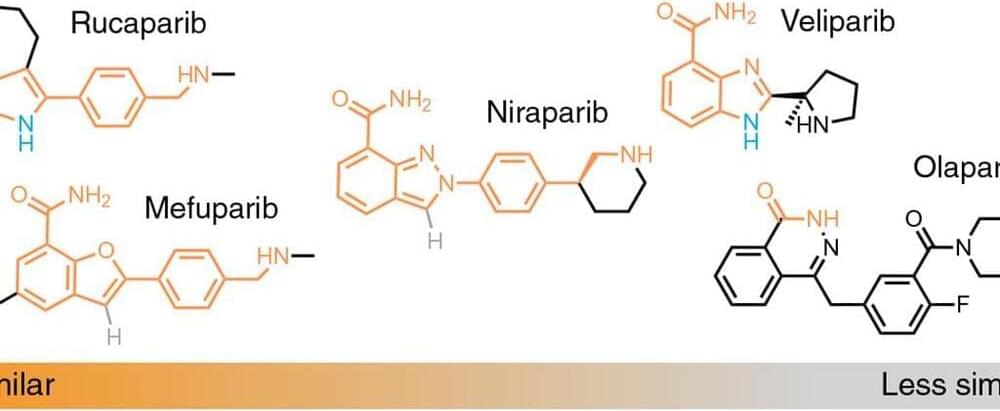When you study science, and especially these realms of the biology of what makes us human, what’s clear is that every time you find out something, that brings up ten new questions, and half of those are better questions than you started with.
The artistic masterpiece above, reminiscent of a stained glass window, is the work of Michael Angelo—no, not the famous 16th Century Italian artist, but a 21st Century physician-scientist who’s out to develop a better way of looking at what’s going on inside solid tumors. Called multiplexed ion beam imaging (MIBI), Angelo’s experimental method may someday give clinicians the power to analyze up to 100 different proteins in a single tumor sample.
In this image, Angelo used MIBI to analyze a human breast tumor sample for nine proteins simultaneously—each protein stained with an antibody tagged with a metal reporter. Six of the nine proteins are illustrated here. The subpopulation of cells that are positive for three proteins often used to guide breast cancer treatment (estrogen receptor a, progesterone receptor, Ki-67) have yellow nuclei, while aqua marks the nuclei of another group of cells that’s positive for only two of the proteins (estrogen receptor a, progesterone receptor). In the membrane and cytoplasmic regions of the cell, red indicates actin, blue indicates vimentin, which is a protein associated with highly aggressive tumors, and the green is E-cadherin, which is expressed at lower levels in rapidly growing tumors than in less aggressive ones.









